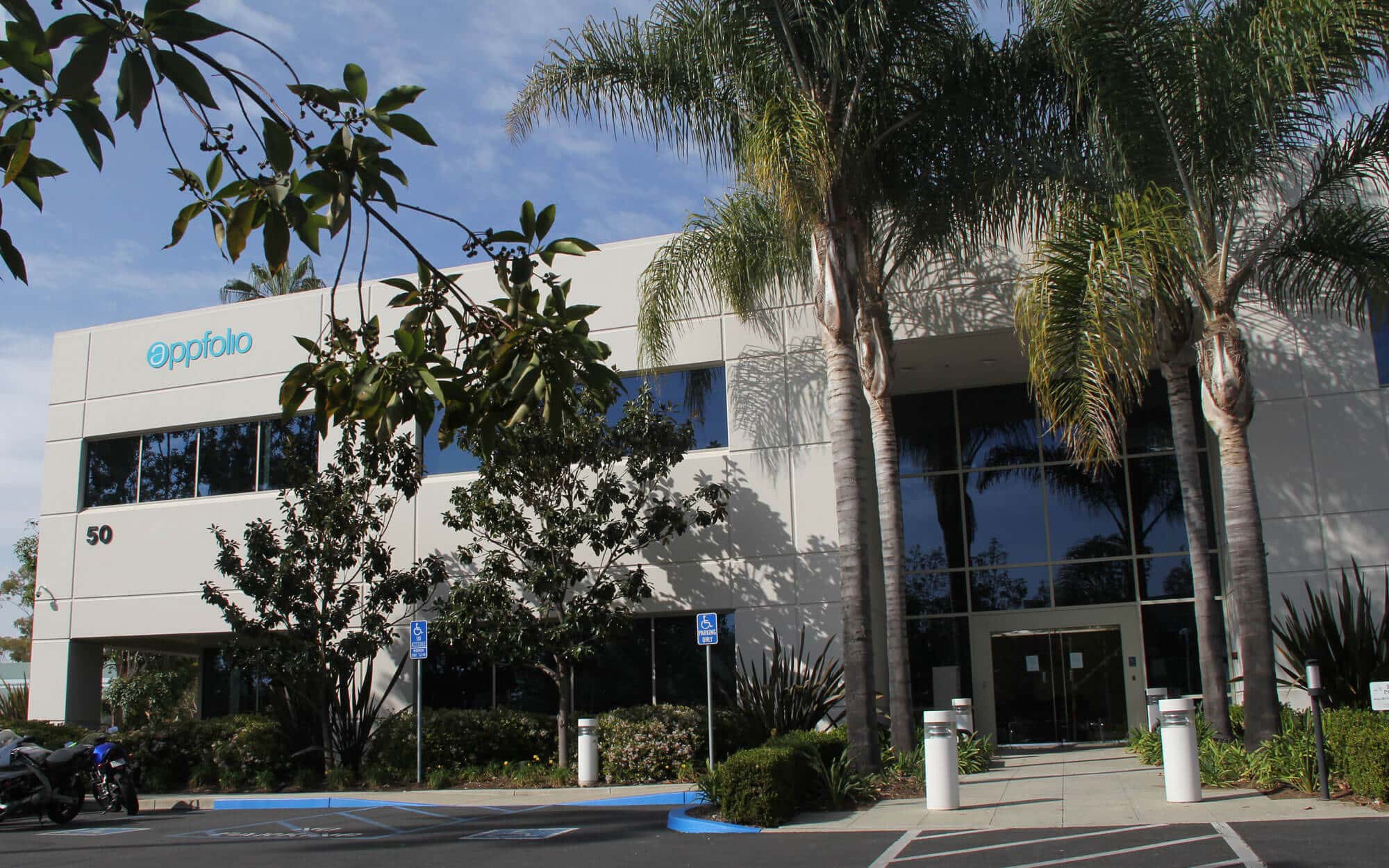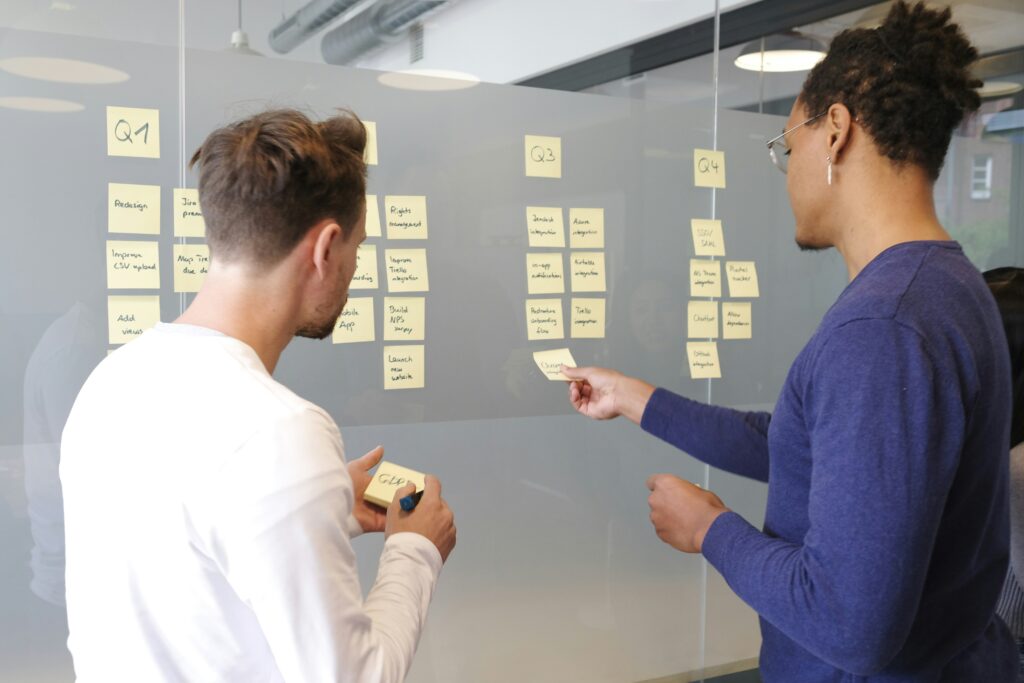This is the second part of our conversation with Ronnie Regev, Sr. Product Manager at AppFolio (check out the first part of our interview with Ronnie). Ronnie is the first of several product managers we’ll be interviewing about their careers. Read on for Ronnie’s advice on listening to customers, asking the right questions, challenging your assumptions, and more.
How do you incorporate customer feedback into your roadmap?
Ronnie Regev (RR): Customer feedback has a direct role to play in the two month roadmap or and long term product themes (see previous post). When we release an MVP (minimum viable product) — or when we release something that’s likely to test our assumptions or challenge our next big hypothesis — we’re actively looking for customer feedback. At that stage, feedback has the power to directly influence our roadmap planning.
Sometimes we’ll intentionally release something that is missing a particular function we assume might be needed — for example, the ability to notify users when a certain task is completed. We can just assume that customers need notifications, or we can wait and explicitly seek to hear whether or not notifications are really necessary. And if they are necessary, what form should they take? Through which medium? Is there a better way of conveying the information the user needs?
Customers may start telling us that the new feature is great, but they have no idea when their staff has completed a workflow. They may say, “If I don’t know when my staff completes their workflow, how do I know when I need to go do these other things that I’m responsible for?”
If we hear feedback like that consistently — to the point where it affects someone’s ability to adopt the new feature or their willingness to use it — it may indicate a need for us to build notifications after all. Then we’ll say, “Great, this is the next thing that we’re going to work on, and it may even leapfrog other priorities on our roadmap.”
Customer feedback is also a big factor in both determining, and curating the theme backlogs. There are many channels that our customers can leverage to convey their needs. We use UserVoice to collect feedback, set feature delivery expectations, and encourage our customers to vote on the ideas. AppFolio has an excellent customer loyalty team that works with customers on driving feature adoption and getting ahead of churn risks. This group is an excellent source of input into the pervasive challenges experienced by our customers. We pay particular attention to things that are challenging during the implementation process. Sometimes customers churn because the implementation of a particular feature is really difficult and painful, and if that’s the case, heavier weight is given to things that will fix the problem.
Lastly, the product and UX teams gather feedback from the field on a regular basis. We all travel to AppFolio hosted meet-ups quarterly in order to maximize customer face time and conduct several in-depth office visits per trip.
What are some of the biggest product management mistakes you’ve witnessed?
RR: I’ve witnessed many product management mistakes, many of them my own. One of the biggest mistakes I’ve made is forgetting to challenge my assumptions. How do we really know that our customers are frustrated with the way a particular feature works? How do we know that we must absolutely build this additional functionality?
Questioning my assumptions, and really doing it adamantly, is a consistent challenge. Forgetting to question things is a mistake that I see new product managers make all the time. Maybe they don’t want to challenge a very senior engineer, or the CTO who is passionate about a particular feature to build.
As a product manager, it’s your responsibility to validate those statements. If you don’t, the ramifications are potentially wasted time, misguided efforts or pursuing pet projects..
I’ve seen this with associate product managers who are new to the role. Sometimes they won’t question the assertions that a more senior team member makes.
Another common mistake I’ve seen new product managers make is not putting enough emphasis on learning the product, understanding the market, and learning about customers before diving right in.
Tweet This:
“You’ll solve problems the wrong way if you don’t take time to fully understand the context.” #ProductLessons
You will start solving problems the wrong way if you don’t take the time to fully understand the context — or, in the case of B2B software, the customer workflow and motivation. How and why are they doing this today? That’s what a product manager needs to understand to be effective. It’s a mistake to try to jump in prematurely, without having the background knowledge necessary to ask the right questions.
Finally, I have one last really specific mistake that has to do with third party integrations: Don’t build to the spec of an API that doesn’t exist yet. You’re basically building something on the hopes that it’s going to work a particular way, but you don’t actually have any proof.
That’s a mistake I’ve made, and the lesson I learned is that when you’re working with third parties, wait until the integration point is real and you can actually see programmatic responses before you start building software. Otherwise you could end up sinking a lot of time into something that takes you down the wrong path.
What is the most important skill for a product manager?
RR: I think the most important skill that a product manager can develop is knowing how to ask questions the right way. Again, we all have our own biases, our own opinions, and our own assumptions. But when you’re interviewing people to understand what they’re trying to accomplish, and what’s difficult for them, you need to discard those biases. That can be accomplished by learning to ask non-leading questions.
I typically hear new product managers ask customers, “Would you like this? If we develop a feature that does X, Y and Z, would you like it?”
And the customer will say, “Sure, I’d love it. That sounds great.”
I coach our new product managers to instead ask, “How would you use this particular feature?”
And then, I encourage them to sit there quietly until the customer actually answers the question. That’s actually another tip for asking questions the right way: Ask an explicit question, and let the person answer the question that you’ve asked.
Don’t add on additional qualifiers or tack on other questions. Ask the question in an open-ended format and wait. You want to understand how the customer will use something and why it’s important to them. You need to give them enough time to actually think through the answers to those questions.
I learned how to properly ask questions by listening to recordings of other product managers conducting interviews, reviewing my own interviews and seeking advice from our User Experience researchers.
The ability to ask well-structured questions helps product managers develop empathy, which is another really important skill to have. Empathizing with customers — understanding what they’re struggling with and what’s valuable to them — informs your prioritization and development decisions.
How do you stay up-to-date on product management?
RR: I definitely prioritize staying up-to-date on product management. It’s very important for my career development to continue learning the theoretical stuff, so I read about the experiences of other people in my field. I prioritize reading blog posts and listening to podcasts.
I try to listen to product-related podcasts that are 30 to 45 minutes long, because that’s about my tolerance for jogging. I’m subscribed to a number of different mailing lists, which provide a curated list of articles that I value. I also follow key people on Twitter and read the things that they’re recommending.
At AppFolio, I often have the benefit of being sent to different product development conferences. I usually go as a litmus test for whether or not we should send additional people — engineers, UX designers, researchers, etc.
We have a strong philosophy of experimentation at AppFolio. I learn a lot from my colleagues who apply different approaches. I remember meeting a friend about six months after I started here and he said, “You seem like you’re doing great. How did that happen? How have you learned what you’ve learned?”
I said that I’ve learned nearly everything through my colleagues. The saying that “a rising tide lifts all boats” is the way I see the product management team at AppFolio — there are a lot of informed, smart people and we learn from each other. It’s not just product managers that I’m learning from either, learning from other peers is a critical part of how I keep up-to-date. The two colleagues who push me most, in a constructive way, are a lead QA engineer and Director of Engineering.
As for the piece of advice I’d give to new product managers, it’s hard for me to single out just one thing. But if I had to choose, I’d say learning about your market, your customers, and your product is important. Learn those things, because it’s crucial to be a subject matter expert. You’re the voice of the business and the voice of the customer.
Tweet This:
“You can’t do your job effectively if you don’t prioritize learning about your product and market.” #ProductLessons
You can’t really do your job effectively if you don’t prioritize learning. A newly hired product manager at AppFolio recently asked “I’m getting pulled in a lot of directions — what should I do? I’m shadowing a product manager. I’m getting involved in team activities. There are all these meetings.”
My advice was, “Your job right now is to understand our market, understand our customers, and learn all about our product. Build that base, and you can do the other things afterwards. But build that base first.”
What is the craziest feature suggestion you’ve received?
RR: A crazy suggestion that I love getting from our customers is, “Why don’t you just do exactly what your competitor is doing? Just do what they’re doing, and you’ll get it!”
It’s an interesting recommendation, and I usually reply by asking, “How long ago did you switch from our competitor to us? And why did you switch?”
There will be some good reason: “You guys do this and this really well.”
And I’ll say, “Okay, well, why do you think we should copy them?”
Finally, the customer will say, “Well, on second thought, maybe you shouldn’t copy them. There’s a reason why we switched to you guys. Keep on doing what you’re doing.”
But that’s the suggestion I love the most. If we just follow what everybody else does, we’re not going to deliver differentiated value to our market. We’ll just be a copycat product, and that’s not sustainable.
Have a product management story to share? Contact us at info@productplan.com.



